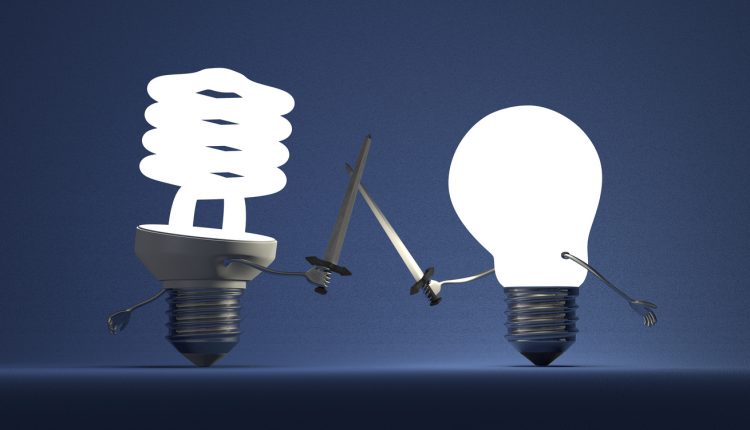Marek Bury is Managing Partner in Bury & Bury; he previously spoke to Lawyer Monthly about problems he faces in the patent world. This month we get in touch with Marek again, to discuss utility models in his ever-developing jurisdiction.
What is the current scope for utility models in Poland? What is special for prosecution and when should a client apply for a patent instead?
The scope of protection of a utility model in Poland is quite similar to the scope of protection of a regular patent. The maximum duration of the protection is limited to 10 years since filing, as opposed to 20 in case of patents. Also, only devices with 3D determined form (electric or hydraulic systems are not considered to meet this condition) can be protected as utility models. It is also quite universally acknowledged that utility model claims should be interpreted in a narrower manner than in case of patent claims. Nevertheless, as infringement cases are decided by common courts without specialized judges, this can hardly be observed in practice.
Utility models are examined, but only for novelty. Prosecution is therefore simpler and faster. Lack of inventive step requirements makes it very difficult for infringers to invalidate the utility model by filing nullity action when the right is enforced.
How does this compare to nearby jurisdictions and what do you think could change to ensure better patent protection?
The German patent system is both nearby and a pretty fair choice for reference. Utility models in Germany are registered and not examined for novelty and inventive step unless enforced. But when enforced, both criteria apply. Inventive step objection cannot also be used to file nullity action, therefore utility models are fairly indestructible in Poland.
The German patent system offers possibility to branch utility models from German (or European) to patent applications. This is not possible in Poland. Conversion of Polish patent applications to utility models irrevocably closes any chances to obtain a patent. The conversion can be requested up to two months after the patent application is refused; a change here would be welcomed.
When is an invention suitable for conversion from European patent application to Polish utility model? Do you think this criterion should change?
European patent applications, which are refused or withdrawn or deemed to be withdrawn, can be converted to a national patent application in circumstances which are provided for in the national regulations. Poland has no restrictions in this respect and provides that both conversion to a Polish patent application and Polish utility model is possible. Consequently, it is effectively possible to branch Polish utility model application from the European patent application. Currently, you:
- File one divisional under A36 EPC (European Patent Convention) application (cutting the content of the application to reasonable minimum is advisable in the view of future translation);
- Fail to pay filing fee and search fee;
- Have the case deemed withdrawn within one month under A78(2), R36(2) EPC;
- Apply for conversion according to A135 (1) (b) and A135(3) EPC;
- Then proceed before Polish Patent Office (payment of fees + translation);
- Wait for official action or exclusive right on utility model being granted (or refused).
This mechanism can be more efficient than provisional protection.
Clearly, Polish regulations are rather favourable to the applicants in this respect and inherently patent attorneys, including ourselves, appreciate it.
Do you think the Polish legal system should change in order to ensure a better ‘flow’ and ease of utility model protection?
In my opinion, utility model protection in Poland is very efficient in prosecution and definitely safer in enforcement than patent protection. Also, conversion from European patent applications is as smooth as the EPC allows.
In 2016, almost 10 000 European patents were validated in Poland by foreign entities while only 67 applications for utility models were filed. As the EPO grant rate is less than 50%, it is a clear sign that the conversion to a utility model is severely underused.
Marek Bury
Managing Partner
https://www.linkedin.com/in/marek-bury/
Marek Bury deals mainly with the cases concerning patents, particularly in the field of electrotechnics, mechanics, telecommunication and information technology. He is an author and co-author of approximately 30 scientific publications concerning radio electronics and 5 works concerning industrial property. He provides advice regarding optimal IP protection and assistance in patent and UM drafting, prosecution and litigation as well as invalidation of inaccurately granted patents and rights under utility models.
Bury & Bury have been patent attorneys for generations. In our work, we put strong emphasis on sound technical knowledge and engineering education. We take care to be well-versed not only in the procedural nuances of the industrial property law, but also in how entrepreneurs can use the industrial property and how it can be translated into their profit. As a result, we can understand the needs of our clients and advise them well.




